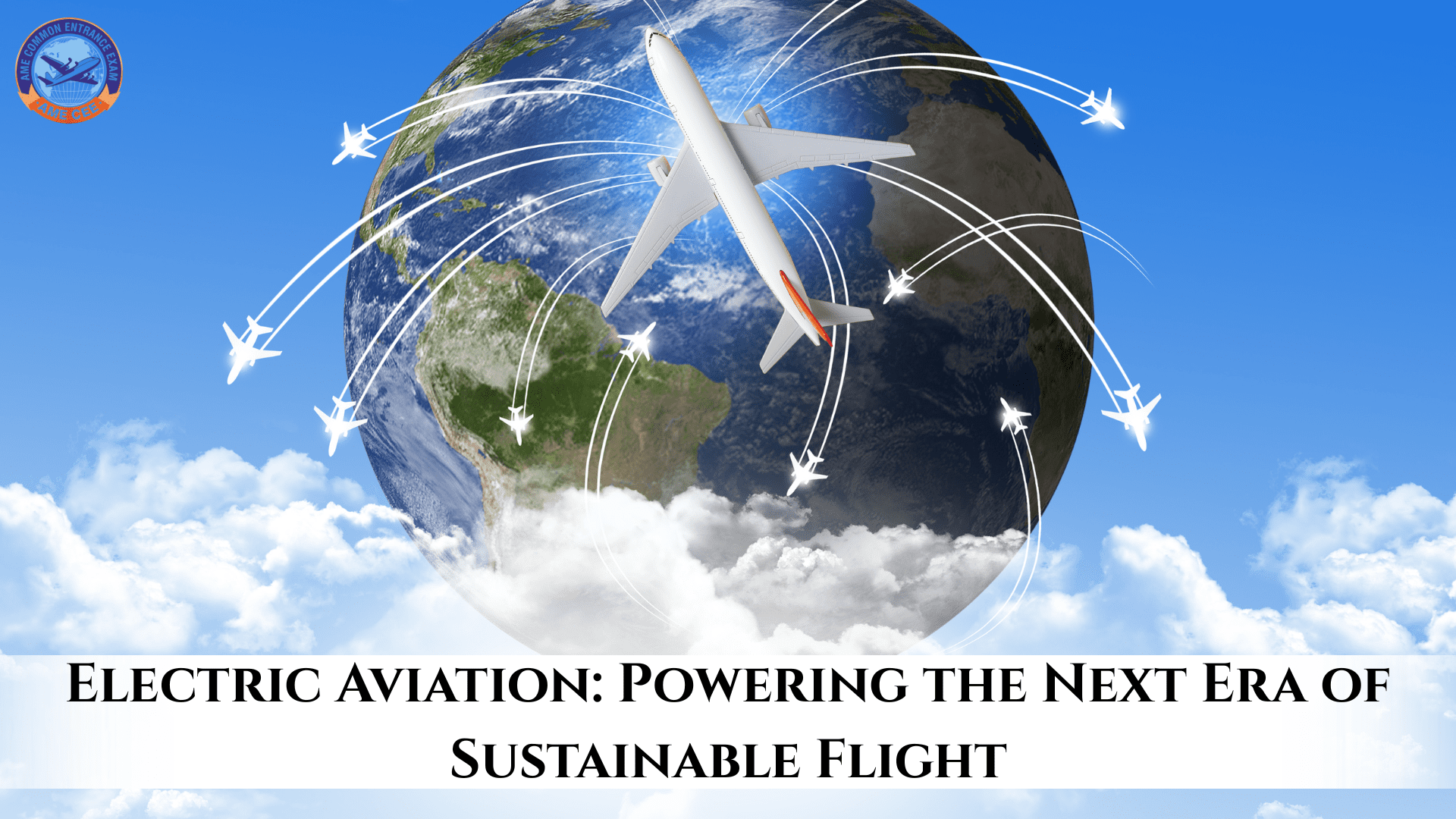The aviation sector is undergoing a transformative shift as electric aircraft gain momentum as a cleaner, more efficient alternative to traditional jets. With climate concerns rising and the need for decarbonized transportation becoming urgent, electric propulsion is emerging as a viable solution to revolutionize air travel.
Understanding Electric-Powered Aircraft
Unlike conventional aircraft that depend on fossil fuels, electric planes operate using electric propulsion systems powered by advanced batteries, hydrogen fuel cells, or hybrid configurations. These innovative systems dramatically cut carbon emissions and offer a quieter, more sustainable mode of flying.
Key Benefits of Electric Flight Technology
1. Environmentally Responsible Aviation
Electric aircraft drastically cut greenhouse gas emissions, making them a cleaner alternative to kerosene-fueled planes. By using renewable electricity sources, the aviation industry can significantly reduce its environmental footprint.
2. Quieter Skies
One of the standout features of electric motors is their quiet operation. This reduction in noise pollution is especially beneficial for airports near residential areas, enabling more flight slots and minimizing community disruption.
3. Lower Maintenance and Fuel Costs
Electric planes have fewer mechanical components, leading to reduced maintenance needs. Moreover, electricity costs less than aviation fuel, translating to long-term savings for airlines and operators.
4. Energy Efficiency Boost
Electric propulsion systems offer high energy conversion rates, enabling better efficiency and less energy waste compared to internal combustion engines. This can extend component lifespan and enhance performance.
Barriers to Widespread Adoption
Despite strong potential, electric aviation faces technical and logistical challenges that must be addressed for large-scale implementation.
1. Battery Technology Constraints
Current lithium-ion batteries are heavy and store limited energy, which restricts the flight range and payload capacity of electric aircraft. Breakthroughs in battery density and fast-charging solutions are critical for future scalability.
2. Charging Infrastructure Needs
For electric aircraft to become mainstream, airports will require extensive upgrades, including the installation of high-capacity charging stations. This transition demands coordinated investment and long-term planning.
3. Navigating Regulatory Pathways
Introducing new propulsion systems into commercial aviation requires stringent testing and approval from global regulatory bodies. Governments and aviation authorities must develop clear certification standards to streamline the process.
Industry Momentum and Future Outlook
Global aerospace leaders like Airbus, Boeing, and Rolls-Royce are advancing electric and hybrid-electric aircraft technologies. Simultaneously, startups such as Eviation, with its all-electric “Alice” aircraft, and Lilium, known for its electric air taxi, are breaking new ground in regional and urban air mobility.
Hybrid-electric aircraft are also being explored to bridge the gap, offering a more practical short-term solution while battery technology continues to evolve. With increasing investment and innovation, regional electric flights could become routine within the next 5–10 years.
A Greener Sky Ahead
Electric aircraft are poised to become a cornerstone of future air travel. As battery capabilities expand, charging infrastructure is developed, and regulatory frameworks mature, the aviation industry stands on the verge of a clean energy revolution. The road to zero-emission flight is no longer a distant vision—it’s rapidly taking shape.


